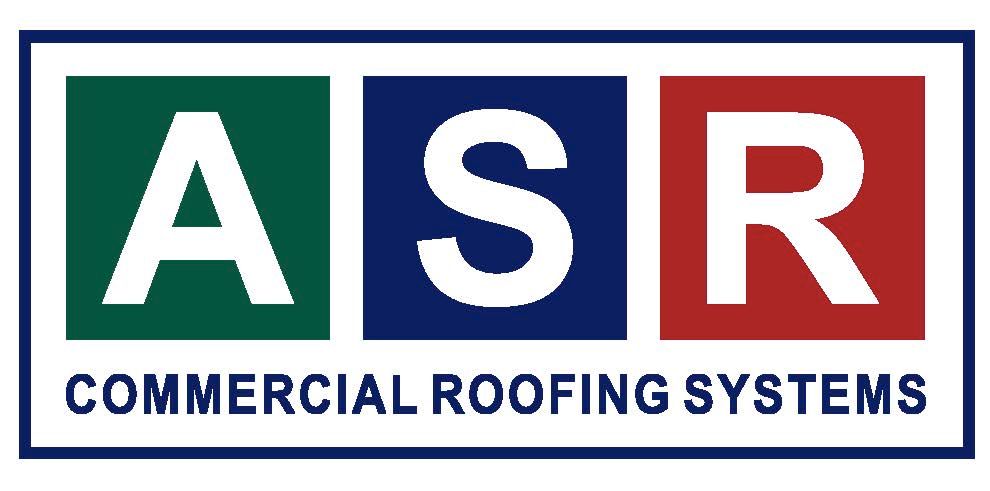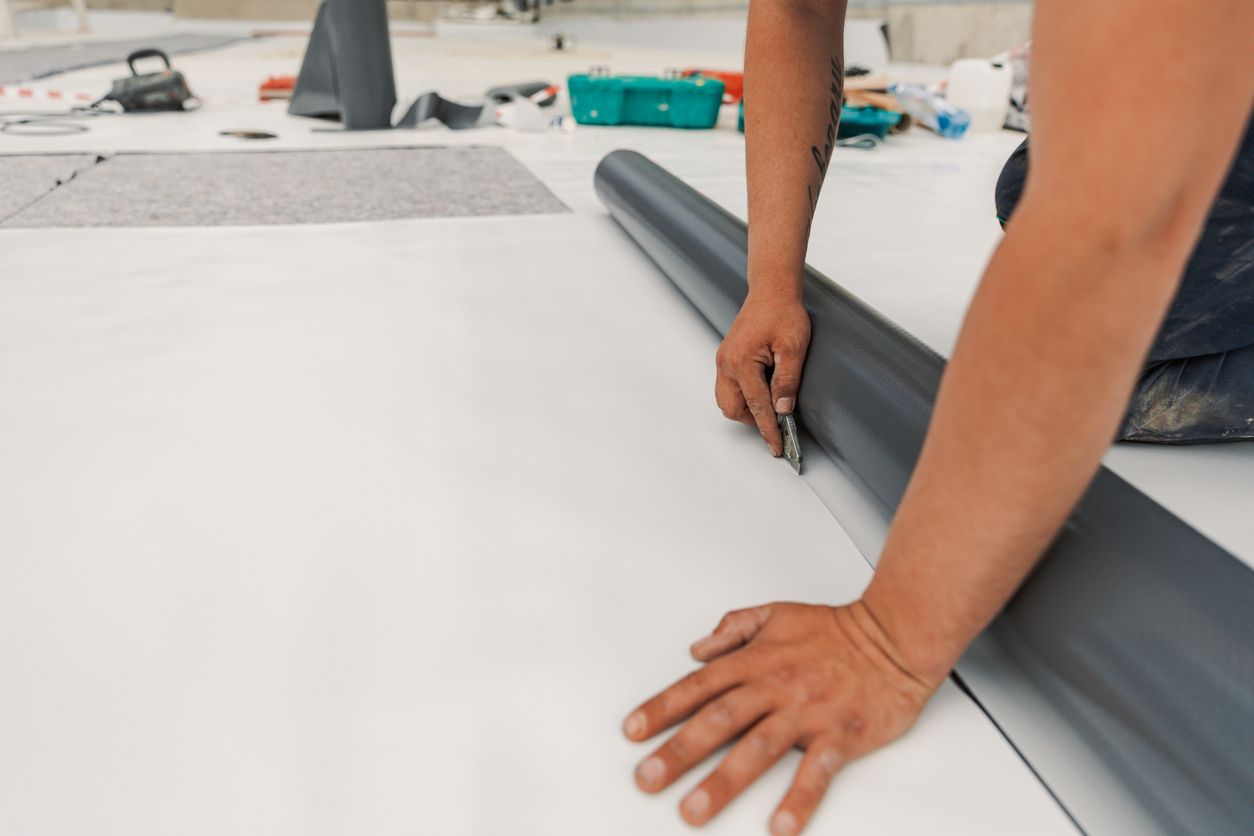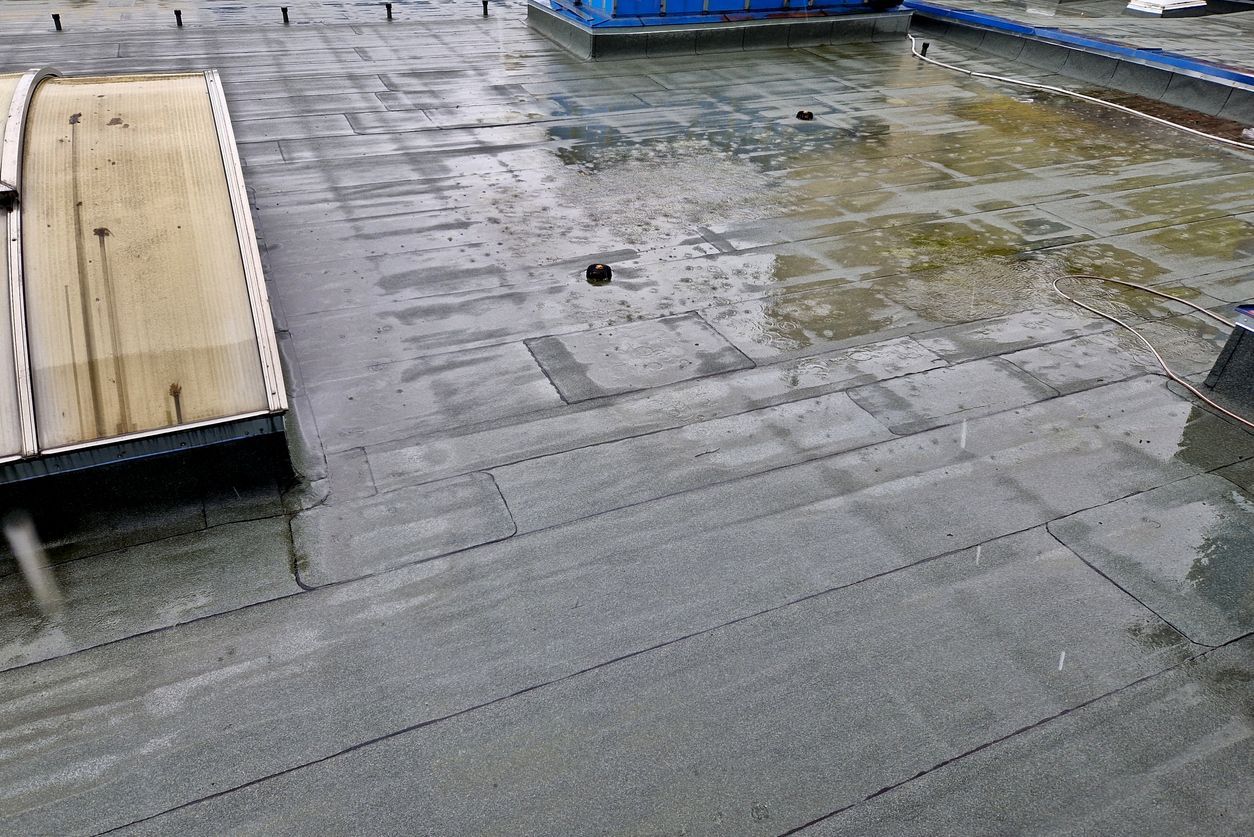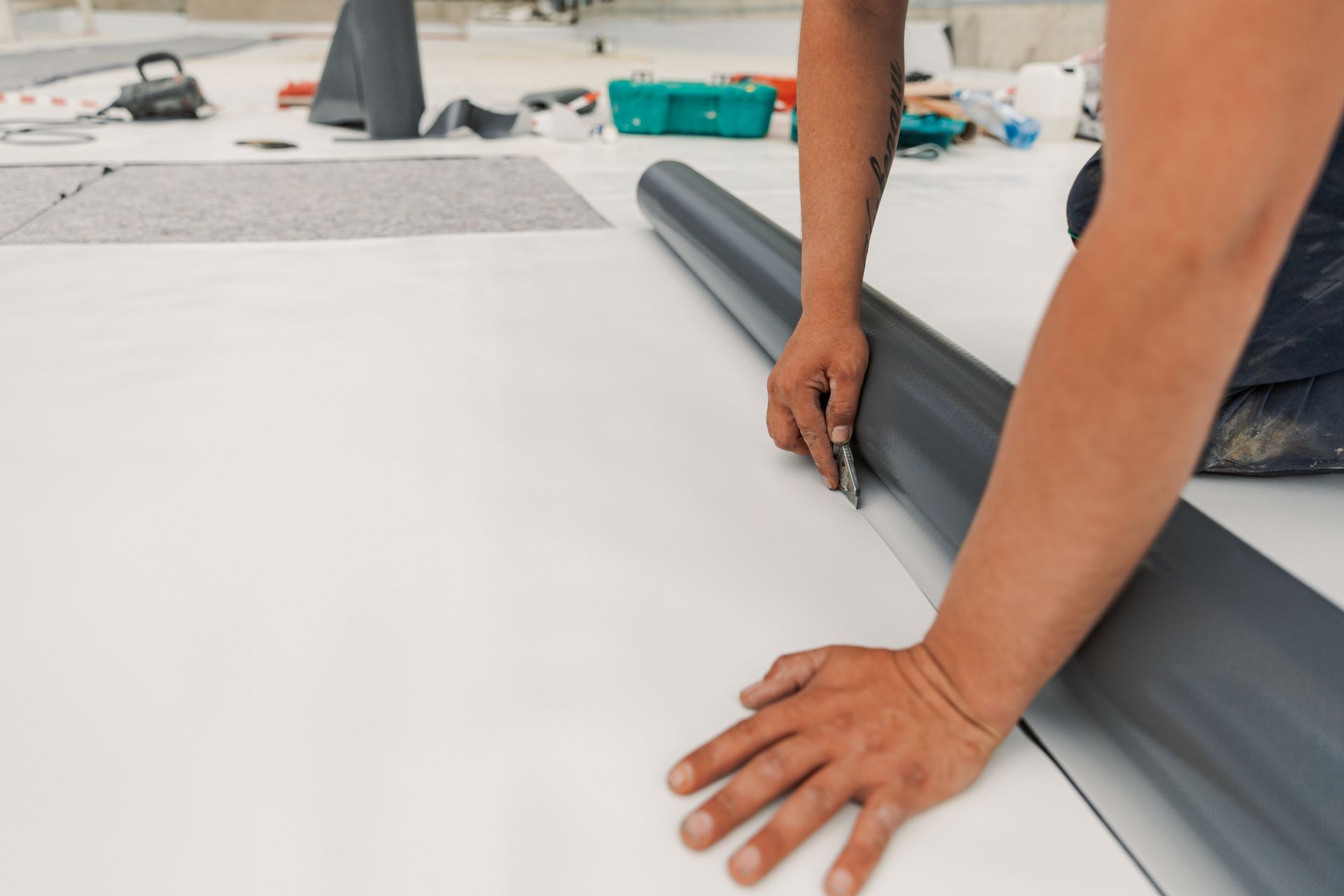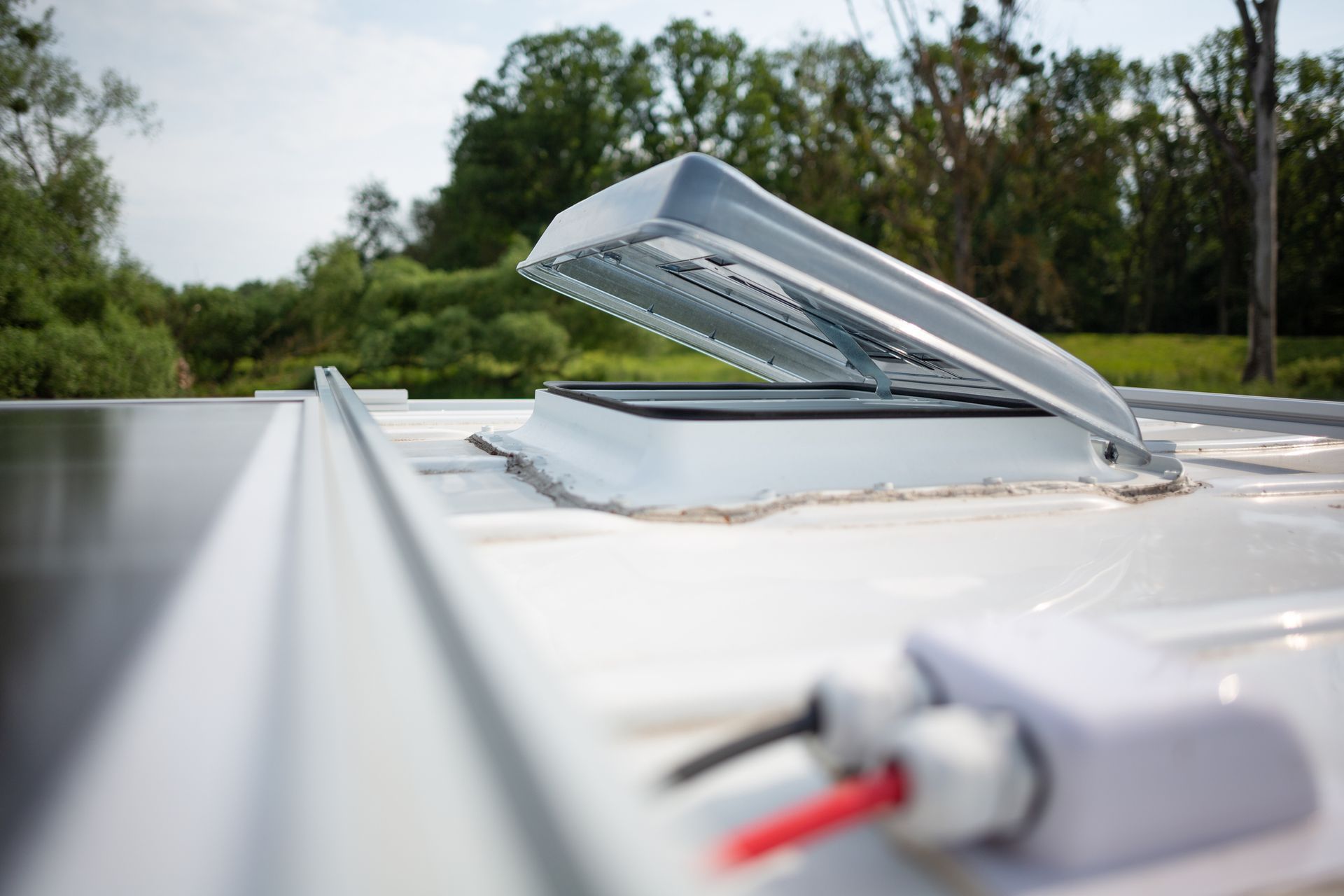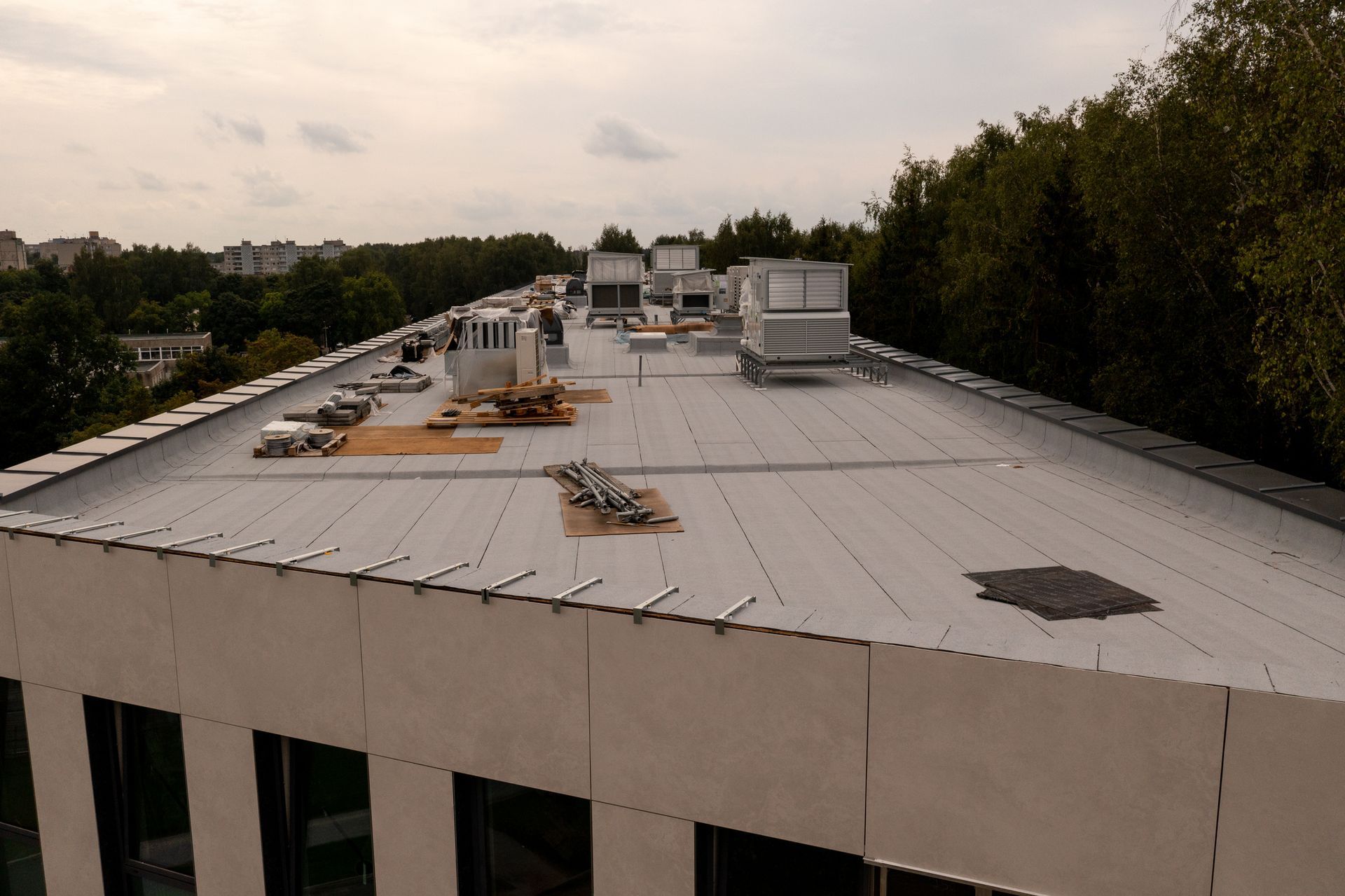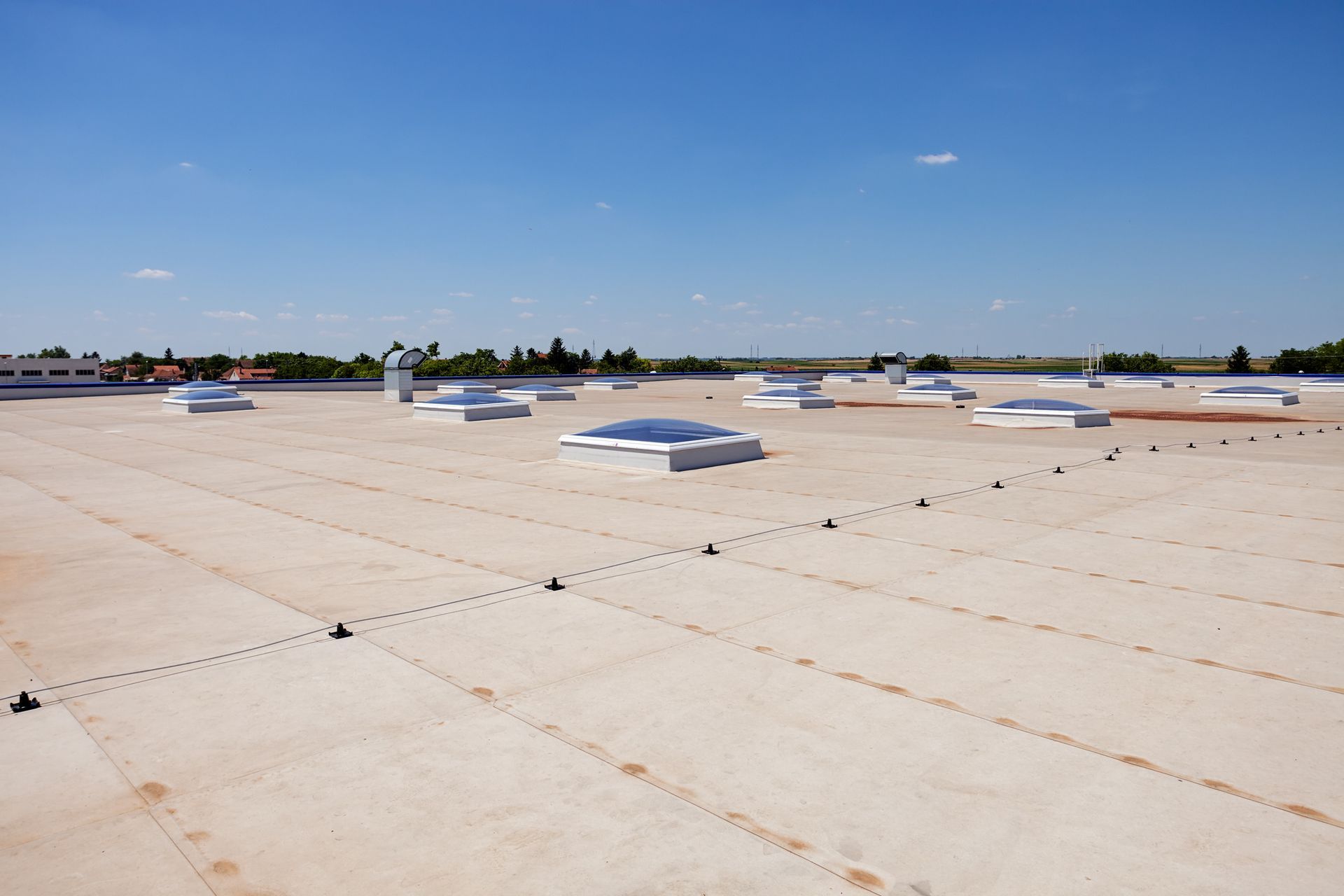Types of Commercial Roofing Systems
The commercial roofing industry has evolved significantly over the past decades, offering a diverse range of roofing solutions tailored to various business requirements and environmental conditions. Choosing the right roofing system has far-reaching implications, affecting not only the initial installation cost but also impacts longevity, maintenance needs, energy efficiency, and overall functionality. This comprehensive guide explores the different types of commercial roofs available today, illustrating how modern advancements have enhanced their durability and performance.
What type of roof lasts the longest?
Membrane Roofs: A Reliable Alternative
Memmbrane roofs may not boast the same lifespans as metal or some modern materials, but they provide a reliable solution for low-slope commercial buildings. With lifespans ranging from 10 to 25 years. Such longevity provides an excellent return on investment for businesses willing to bear the higher initial costs.
Vegetative Roofs: The Sustainable Choice
Vegetative or green roofs add a living layer atop conventional roofing systems, offering an innovative approach to sustainability. While the life expectancy of these roofs varies based on the underlying structure, the protective and insulating benefits they provide can significantly extend the lifespan of the underlying roof. Green roofs help mitigate urban heat islands and improve stormwater management, representing cutting-edge sustainable commercial roofing solutions. They also enhance building aesthetics while contributing positively to the environment. By turning unused rooftop space into green areas, businesses can also improve employee well-being and community relations.
What is the most common type of commercial roof?
EPDM: The Durable Workhorse
Ethylene Propylene Diene Monomer (EPDM) roofing, commonly known as a rubber membrane, is celebrated for its impressive durability and longevity. With proper maintenance, an EPDM roof can last up to 30 years. Its resilience against thermal shock and hail damage makes it a reliable choice for large, flat roofs, blending performance with cost-effectiveness. This material’s proven track record cements its status as a dependable option for businesses seeking robust protection against the elements. Additionally, EPDM's flexibility allows it to perform well in a variety of climates, further broadening its appeal.
TPO: The Popular Choice
Thermoplastic Olefin (TPO) roofs have quickly become a favorite in the commercial roofing landscape due to their cost-efficiency, durability, and environmental benefits. Initially designed to last between 10 to 20 years, ongoing technological advancements have extended this lifespan, with high-quality TPO systems now offering warranties of up to 35 years. The material’s reflective surface helps reduce cooling costs, contributing to significant energy savings. This makes TPO an ideal choice for large commercial spaces such as warehouses and office buildings requiring flat roofing systems. As more businesses seek sustainable options, TPO's energy-efficient properties continue to drive its popularity.
Which is better, EPDM or TPO?
Choosing between EPDM and TPO often hinges on specific needs and local climate conditions. TPO is generally favored for its superior energy efficiency and flexibility in colder temperatures. On the other hand, EPDM offers exceptional durability and has a longer track record of performance, making it the go-to choice for installations where longevity is a priority. In regions like Missouri, where heating and cooling days are almost identical, the decision often comes down to the owner's preference after considering both options' benefits. Both materials offer unique advantages, so it's essential to assess the specific demands of your building before deciding.
PVC Roofing: Chemical Resistance and Flexibility
PVC roofing systems, introduced in the 1960s, have proven their reliability over decades. Known for lifespans of up to 35 years, these roofs are highly resistant to industrial chemicals, oils, and grease, making them ideal for businesses dealing with these substances regularly. Despite some vulnerability to shrinkage and incompatibility with asphalt, PVC roofs maintain their flexibility over time, becoming a standout choice for certain commercial applications where chemical resistance is paramount. The ability to withstand chemical exposure without deteriorating makes PVC roofing a practical solution for specific industrial settings.
What is the most cost-efficient roof?
The most cost-efficient roofing solution often depends on the specific application, but TPO roofing is widely recognized for its balance between initial installation costs and long-term energy savings due to its reflective properties. Combining affordability with high performance, TPO is particularly well-suited for commercial buildings with large, flat roofs. Its ability to reduce cooling expenses makes it an economically attractive option. In the long run, businesses can enjoy lower utility bills while also demonstrating a commitment to environmental responsibility.
What is the new technology in commercial roofing?
New technologies in commercial roofing include advancements in cool roofing materials and solar roofing systems. Cool roofs are engineered to reflect more sunlight and absorb less heat than standard roofing materials, offering significant reductions in cooling costs. Solar roofing integrates photovoltaic cells into the roofing material, enabling buildings to generate their own electricity and potentially lower energy expenses further. These innovations reflect a broader trend toward more sustainable and energy-efficient commercial buildings. Embracing these technologies not only reduces operational costs but also aligns businesses with green building standards and sustainability goals.
The evolution of commercial roofing materials offers businesses an array of choices tailored to meet various needs and values. From the cost-effective TPO and EPDM systems to the enduring appeal of metal, slate, and tile roofs, as well as the sustainable advantages of green roofs, today’s commercial landscape provides solutions that align with a plethora of business requirements. Understanding these options and selecting a roofing system that matches your business's goals for longevity, maintenance ease, and environmental responsibility is crucial.
At All Seasons Roofing, we are your premier commercial roofing contractor! We specialize in various roofing systems including TPO roofing, EPDM roofing, PVC roofing, and liquid roofing. Our team of experienced professionals delivers top-notch roofing services for businesses of all sizes. We understand that your commercial property is one of your most valuable assets, which is why we take every job seriously and strive to deliver quality workmanship and exceptional customer service every time. Our skilled roofers have years of experience working on a wide range of commercial roofing projects and are committed to getting the job done right the first time. By entrusting your roofing needs to All Seasons Roofing, you ensure your commercial property is well-protected against the elements with solutions that stand the test of time.
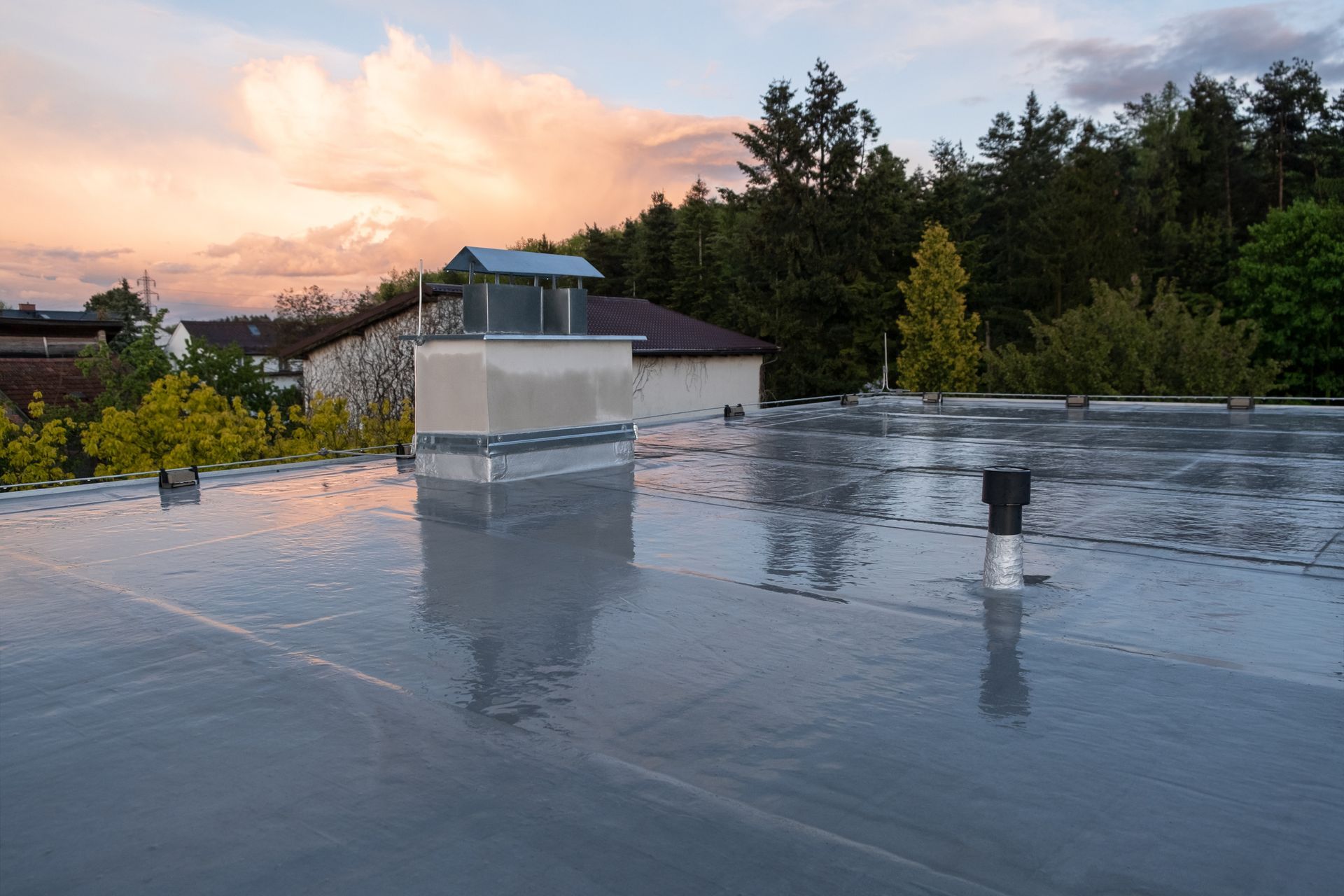


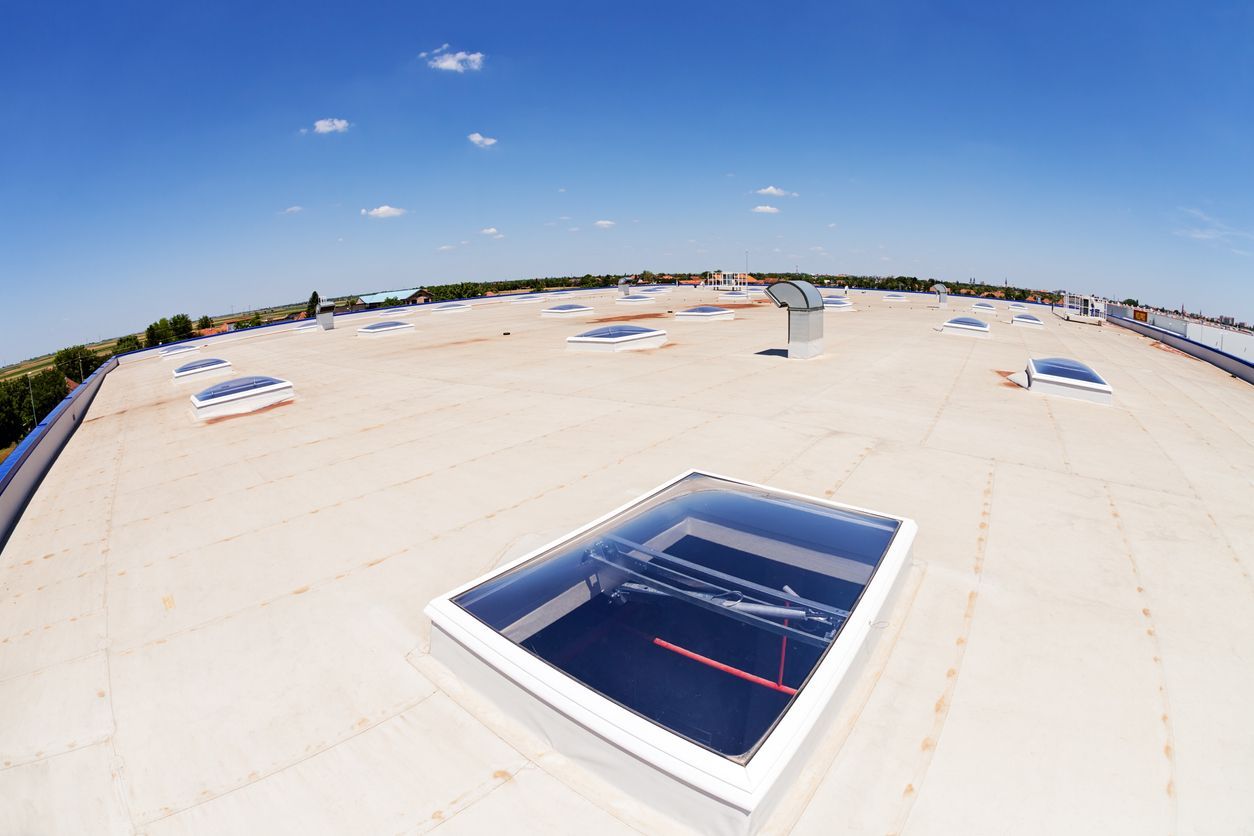
All Rights Reserved | All Seasons Roofing | Powered by Flypaper | Privacy Policy
